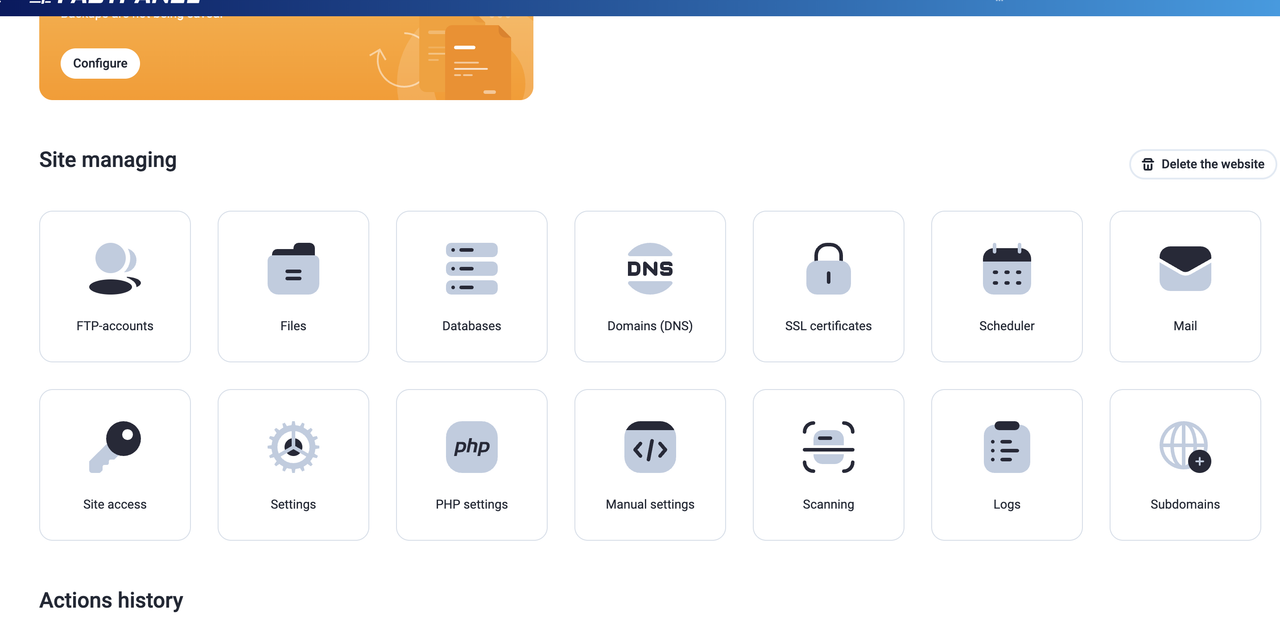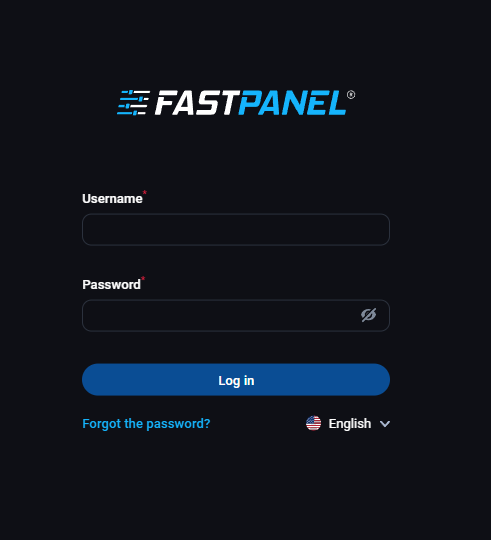12 December 2025
Brute Force Attack and how to stop it

Probably you have heard the term Brute Force Attack recently and got all intrigued to know about it which lead you to this. So, to clear the cloud above your head, brute force is a hacking technic used to guess the password. And if you want to know more about it, and learn how to prevent it from happening to your websites then keep reading.
What is Brute Force Attack and how it works?
By now you got some little idea about the brute force attack. As you know it is a way for hackers to figure out users' passwords. But that is quite vague of a description, to be honest. The real thing that happens is quite complex but simple at the same time. The way this attack works, hackers try to come up with every possible combination of the password until they find the correct one and get access.
So for instance, consider you have an 8 letter password with alphabets, numbers, and symbols. Now the thing hackers do is use this method to come up with all possible combinations within those parameters. And obviously, after a certain period of time, they will hit the jackpot and get control over your account. However, the process might sound simple but is difficult as hell. Because of the complexity that is involved with it. And the reason is, the longer the password gets the more combinations there will be. So, in many cases, it would take years for the attackers to discover the real thing.
➤ Check Also: What is SSL and How it Works | You Need to Know Everything
But the fact is, no one does this thing manually. Today, there are hundreds of tools that hackers use to do this tedious task for them. They just sit tight while the program comes with all possible password combinations. So, you can't be complacent about it thinking that it would take years for anyone to guess your password. As some hackers with resources have efficient programs with high-end hardware to do all the hard work in a couple of days.
Types of Brute Force Attack
There are 5 types of brute force attacks found at this moment.
- Simple Brute Force Attack
- Hybrid Attack
- Dictionary Attack
- Reverse Brute Force Attack
- Credential Stuffing
- Account Lockouts After Failed Attempts
- Modify the Default Port
- Make the Root User Inaccessible via SSH
How to prevent it from happening?
Nowadays, websites with login pages are highly targeted by this sort of hacking technic. Take Facebook for the account. There are millions of users worldwide and so using such technic in these places is more useful as there is a great possibility to hit a home run. Hackers might come up with a valid username and password, giving them access. And even if they don't get that, they can try to use Brute Force Attack to reset passwords or even try to find the answer to secret questions that users set to identify themselves from intruders. So, one way or another they will get their hand on your account.
Some Basic Tips for preventing it:
- Monitor Your Server Logs
- Use Unique Login URLs
- Use 2-Factor Authentication (2FA)
- Limit Logins to a Specified IP Address or Range
- Use CAPTCHA
- Account Lockouts After Failed Attempts
- Make the Root User Inaccessible via SSH
- Use Strong Password.
So, let's discuss more about this topic. As this method works by exploiting your website's weaknesses. So, you need to tie up the loose ends and hope to keep your sites safe from getting hacked. And here are some things that you can do to prevent this.
No leaking of information:
Usually, when hackers will try to log in to your site, they will have to come up with id and password. Now obviously they will get rejected as they are still trying to figure out the information. But they can learn a thing or two from that failed attempt. As most sites leave hints for the user. Like if you entered the wrong id and password, there will be a prompt message showing that you got them both wrong.
➤ Check Also: Why Need SSL for Your Website!
Now consider that the hacker found a valid id but he has the wrong password. In that case, the message might only show that the password was wrong. As some sites do that to help users. And that very moment the hacker knows he got a valid id and just needs to figure out the password. That's why you need to set an error message that is consistent in spite of having the id or password correctly.
Lockout system:
This attack form requires consistent testing of passwords until it gets the correct one. So what you can do is add a lockout system on your website, where after a certain number of the wrong attempt, the account gets locked.
Strong password:
Make a minimum requirement for a password so that users don't come with a lazy weak password for their accounts. Many sites do this today where you need to set a password that is at least 8-10 letters long and it can't be just alphabets, as you also need to use numbers and symbols too. This makes the work for the attackers difficult as usually Brute force attacking uses dictionary attack where it comes with words for passwords.
Others:
Use captchas for your site. Hackers use scripts to do the work as you know. By using captcha you can prevent them the accessing as they are meant to be hard for tools to understand. Also, you can limit the failed attempts for IP addresses to keep your site's data protected. And using these two methods at the same time can help you a lot.
Hopefully, you've got everything you need from here. Share this with others to help them prevent their websites from the vulnerability of Brute Force Attack. And let us know if you got any better ways to keep sites safe from it.
So if you buy WebHosting from TOSHOST LTD then always use a strong password. Even when you create an account with us then use a strong password and also set a secret question. Which only saves on your mind. Toshost never saves your password or secret question details.
Related Blog Post
Create, collaborate, and turn your ideas into incredible products with the definitive platform for digital design.


12 December 2025
SEO Roadmap: Server Infrastructure & Strategy Guide
Boost your 2026 rankings with our ultimate SEO guide. Learn how to optimize for AI agents using NVMe SSDs, LiteSpeed Cac

05 May 2025
The Unnoticed Significance of Your Web Hosting Provider affect
For website success you need a good hosting company who give you proper service. Toshost ensure your every needs fulfil.

